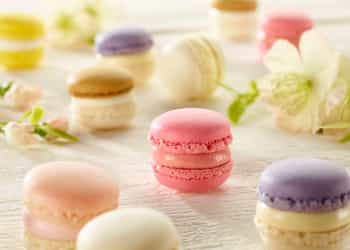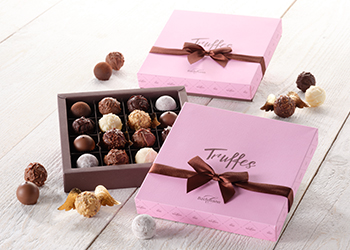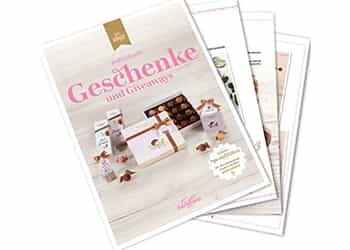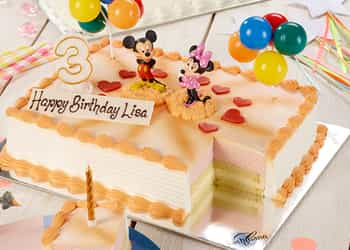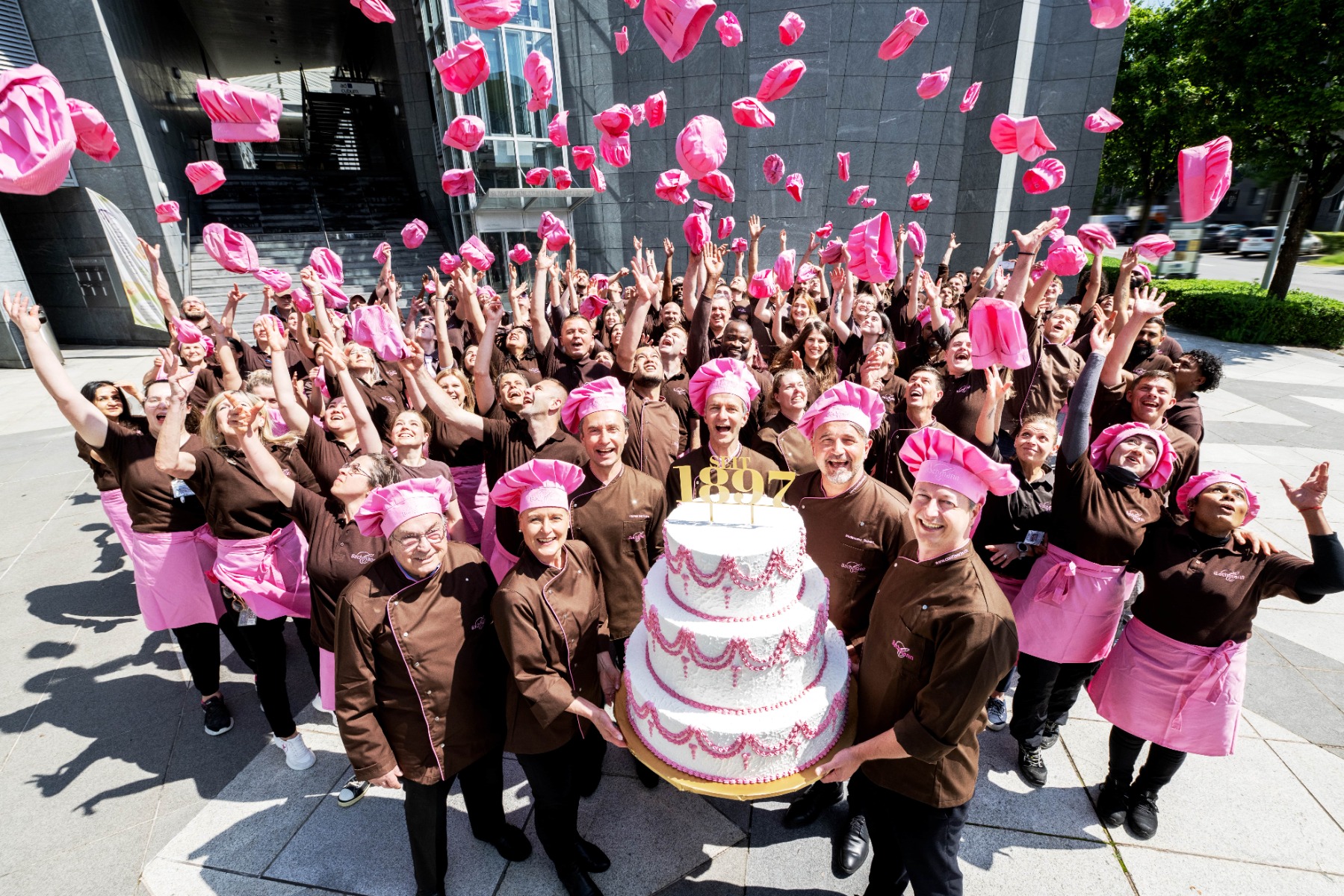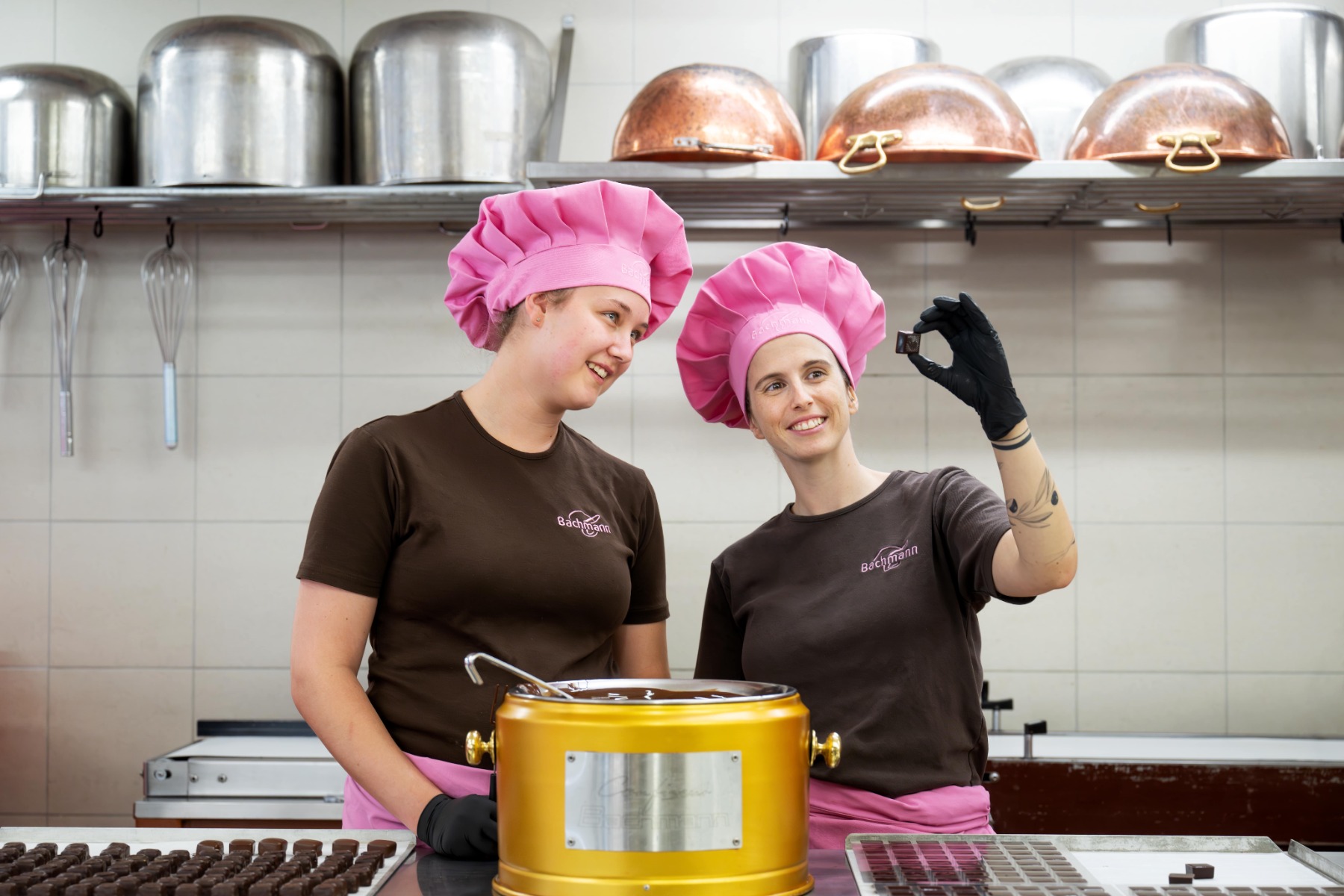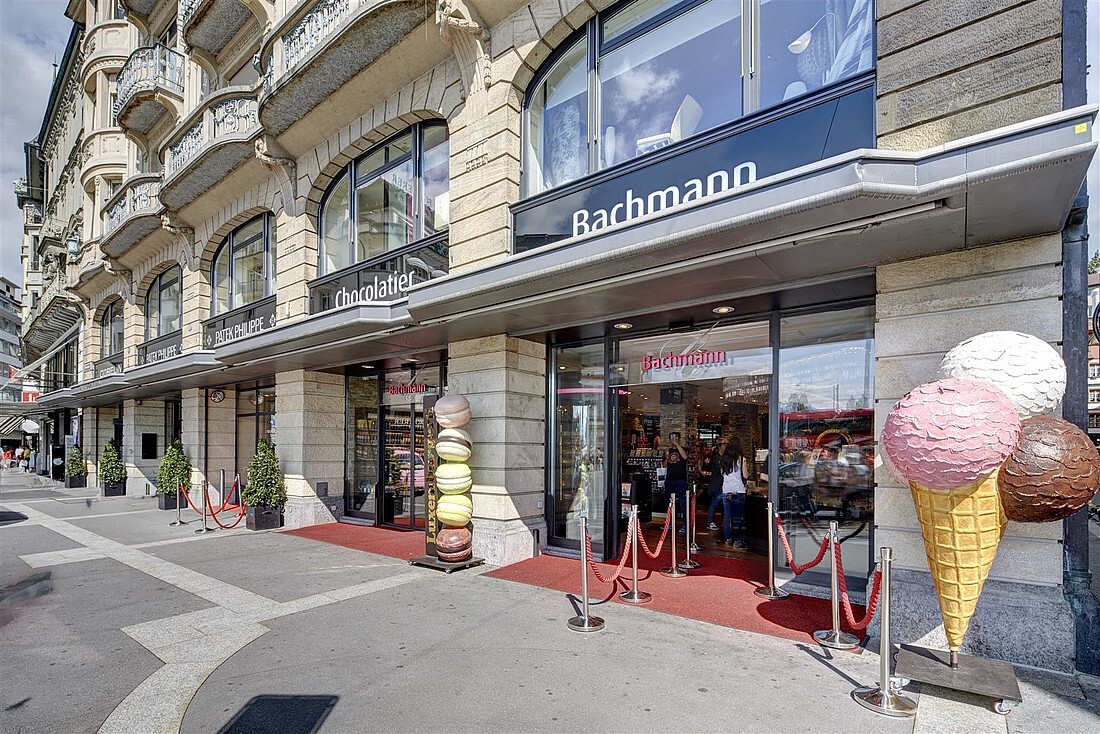Coffee at its finest
On the way to perfect coffee we do not compromise. We know exactly where our raw coffees come from: exclusively from the world's best producer regions. Location, clima, the plantations' soil properties as well as conditions for cultivation and harvest are all factors that - thanks to our close relation with producers and suppliers - are well known to us. Inside the drum roaster and under the master roaster's attentive supervision, the coffee beans are slowly roasted and afterwards cooled with air. In this time- and labour-consuming process we achieve the optimal flavour for all gourmet coffees in our assortment. Utmost diligence and attention in each and every production step are a given at RAST KAFFEE.
The history of coffee
The province Kaffa in Ethiopia is said to be coffee's country of origin, where wild-growing coffee can still be found nowadays. The name coffee, however, stems from the Arabic wort „qahwa“, which originally meant wine, but was later exclusively used for coffee. Coffee drinking spreads in the Arab world in the second half of the 15th century. Coffee was mainly praised or damned for its medical and physical properties, its taste was hardly ever discussed.
In Europe the coffee bean was discovered at the beginning of the 16th century. 1645 the first café was opened in Venice. Only much later, cafés were established in all other European countries, after the "wine of Arabia" had already been sold by street vendors and pharmacists.
The passion for coffee further increased during the 18th century. The history of coffee most likely would have taken a different course, if people had not immediately begun to search for better brewing methods after its introduction. The first espresso machine was built by the Italian Luigi Bezzara in 1902. 1908 Melitta Bentz, a housewife from Germany, discovered that a pure and more intensely flavoured beverage can be gained by placing a paper on top of the coffee pot's perforated lid, followed by adding coffee onto the paper and pouring water over it, instead of having a cloth bag hanging in the water: the filter paper was invented, the world of coffee begins to live.
Types of coffee
Among the over seventy existing coffee plants, there are at the end only two important ones, that matter in world trade:
Coffea arabica
Arabica is a mild, aromatic, well-rounded type of coffee with a fine acidity. All high-quality blends use it 100%.
Coffea Robusta
As the name already indicates, this type of coffee is easier to cultivate compared to its high-quality relative. Robusta is rough, contains more acidity and bitter compounds as well as less flavour.
Coffee culture
Coffe culture is linkted to one's own beliefs, strong emotions, to flavours and ambiance. The underlying, sensory quality of coffee is an interaction of the selected types of coffee and their blend, the roasting process, the freshness and type of storage, the coffee machine (-technology), the quality of the water, the throughput time in connection with the density of the grinding as well as the temperature at which the coffee is served. Our goal was clear: we want to serve our guests a truly exceptional coffee that clearly distinguishes itself from the average coffee.

